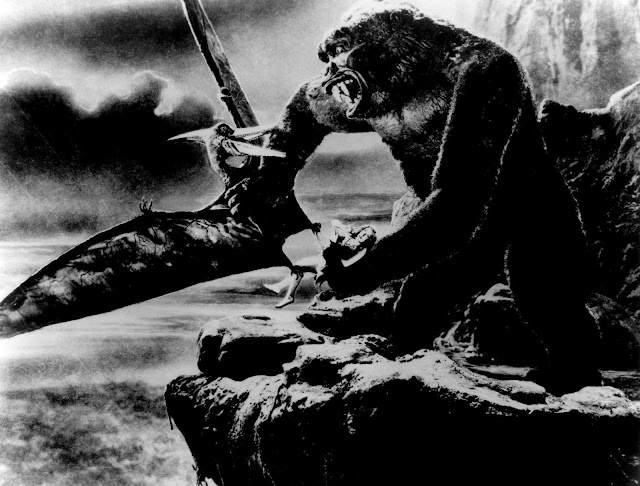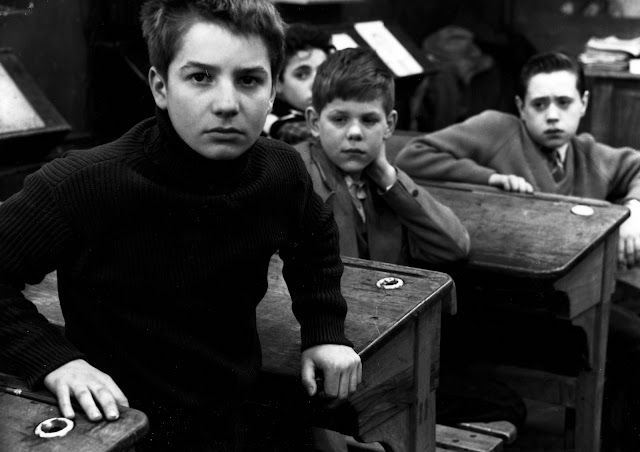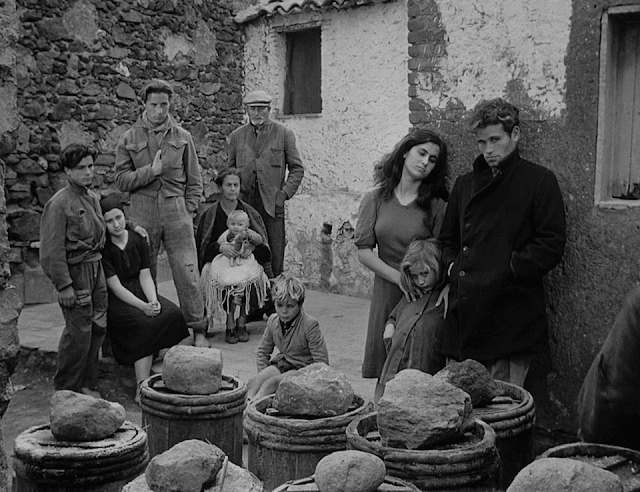Summer Interlude (1951)

Ingmar Bergman's "Summer Interlude" It's hard to pin down what's so special about Ingmar Bergman's 1951 film " Summer Interlude ." It is considered by many film historians to be the first film which accentuates the 'Bergman style.' Asides to nature, deep-focused close-ups on faces, and a somber melancholy that permeates the whole film. These are all significant reasons why the film pulls you in and mesmerizes you like it did me. I'm still uncertain at just how this film resonated with me, aside from awe and wonder. There is a quiet joy that nestles closely to quiet sadness in this film. The film is about a ballet dancer who reminisces on a brief summer romance with a young man back when she was a teenager staying with her uncle over the summer. The reminiscent summer ends in tragedy and the pain is what caused her to create a thick, hardened shell around her heart and soul as an adult. When watching the film, I too reminisced on the in





